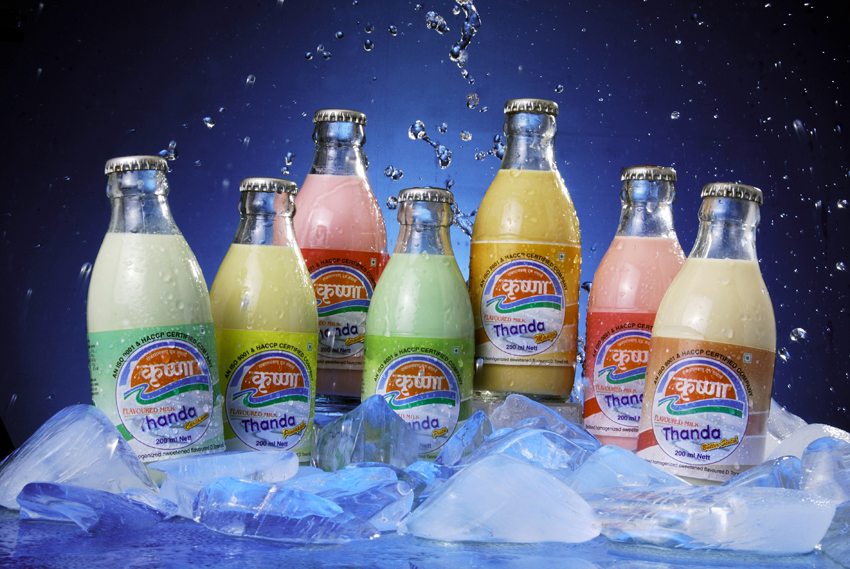Fodder Devlopment Programme
A. Green Fodder Production Enhancement Green fodder is an economic source of nutrients for the livestock. However its availability in the country is limited. With the limited land under fodder cultivation, there is a need to focus to improve productivity of fodder crops & common grazing lands and demonstrate to conserve surplus green fodder to enhance availability during the lean period. 1. Silage Making Demonstration To ensure year round availability of quality fodder silage making, a practice to conserve surplus quantity of green fodder, is to be popularised. Through silage making large quantity of green fodder can be preserved for longer period without significant loss of quality and palatability. Silage contains around 65-70 percent moisture and preserved due to fermentation of sugars available in the green fodder through anaerobic fermentation. Silage can be fed to livestock in place of green fodder. 2. Demonstration of Re-vegetation of Common Grazing Land The grazing lands play an important role in the lives of rural people who are getting fodder, fuel, drinking water from commons. However, such lands are being continuously degraded due to overgrazing and overexploitation by locals. Re-vegetation of such lands on scientific lines suiting to agro-climatic conditions is to be demonstrated through strengthening institutional arrangement at village level. Fodder production from such lands can be enhanced substantially by introducing high yielding cultivated fodder crops, grasses and pasture legumes. An integrated approach of growing cultivated crops, grasses, trees and shrubs under silvi-pastural/ horti - silvipasture system will improve overall productivity of such land. B. Crop Residue Management 1. Demonstration of Mowers Due to rising cost of agricultural workers use of grain harvesters is increasing leading to wastage of straw in the field of farmers, especially when tractor or engine driven straw mowers and pick up devices are not available. Various types of mowers are to be demonstrated under NDP I. a. Brush Cutter mowers: These mowers harvest the fodder crops at ground level and leave the biomass in the field for sun drying or direct grazing or manual collection or by mechanical means. b. Mowers with auto pick up: Such mowers are designed to perform many operations in single pass of tractor. Activities like fodder harvesting, and binding single cut etc are carried out automatically by tractor power in single action without any labour. Depending on usage and attachments, the auto pick up mowers are further classified into following categories: b.1 Mower with auto binder or auto liner for cereal crops, green fodder & stubble attachments. Such mowers are termed as combine prevention mowers 2. Demonstration of Biomass Stores Infrastructure for straw management and storage has been grossly neglected in India. Universal design stores and bunkers for straw, pellets, bales, blocks and silage having better pay back would be demonstrated under NDP I. 3.Crop Residue Enrichment & Densification Crop residues form bulk of basal diet of ruminants in India. Crop residues are not uniformly available across the country, some areas are surplus while some are deficit on regular basis. For such locations crop residues can be fortified with feed ingredients like cakes, brans, grains, molasses, hay, minerals and then densified into blocks or pellets to save on storage and transport costs. Also balanced ration in the form of complete diet or total mixed ration as per need of animals can be supplied for improved productivity.Quick Menubar
Dairy Plant
Services
Rajarambapu have Successful Co-operative Model which provides various types of services like supply good quality cattlefeed & veterinary services for animal health care.
Contact Us
RAJARAMBAPU PATIL SAH.DUDH SANGH LTD.ISLAMPUR.
Address: MIDC ISLAMPUR PLOT 16 NO.TO 19TAL-WALWA DIST-SANGLI,(MH) 415409
Telephone: 0234-220136,220179
FAX: 02342-220671
E-mail: rbpsds@krushnadudh.com

















